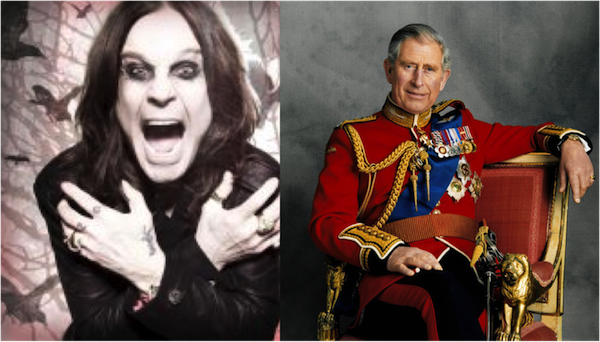It’s easy to get caught up in the ‘what’ and the ‘how’ of content marketing, but if you haven’t drilled down into ‘who’ you’re trying to reach, your efforts are going to be less effective. Before you spend a lot of time planning, developing, publishing and distributing great content, get a firm handle on who is going to view it. Otherwise, you could be wasting a lot of valuable time and resources.Last month I spoke at the Professional Conference Organisers annual conference on content marketing essentials. It consisted of 10 tips about content marketing including the importance of having a documented strategy and using editors to improve quality. One area I covered in detail because so many marketers haven’t spent enough time considering whom they’re trying to reach. It’s not unusual to hear businesses describe their target audience as ‘everyone’ or have buyer personas defined so broadly they’re not really serving any purpose.
No one understands buyer personas better than Adele Revella. I had the good fortune to hear her speak at Content Marketing World in Cleveland in 2013. She believes most buyer personas are far too general and encourages marketers to drill deep when defining who, exactly, you’re trying to attract to your business.
Why traditional buyer personas don’t work
Here’s the example from Adele that really got me thinking. Most buyer personas are based on demographics and consist of the standard four details like:
- Gender
- Age
- Income
- Location
Let’s consider a typical example for someone marketing luxury goods. We’ll call this persona Charles:
- Male
- 65+
- Wealthy
- Lives in the United Kingdom
The Content Marketing Institute advises you forget about demographics and focus on people.
“You need to start thinking about your buyers as people – alive and different and separated by their behaviours — rather than identifying them by their demographics.”
Now what else can you do to develop the Charles persona? How much further can you delve into the specific customer you’re trying to reach? What if you added:
- Marital Status
- Special interests
- Titles or achievements
The persona named Charles might look something like this:
- Male
- 65+
- Wealthy or high annual income
- Owns homes in more than one country
- Divorced and remarried
- Music lover
- Has a royal title
Do you see how this persona is beginning to develop? You can almost begin to identify the actual person, can’t you? Still, it’s not that easy. The Charles persona could be The Prince of Wales or The Prince of Darkness. Smart money says they’re not going to be interested in the same sort of content.
How to Really Know Your Audience
If your target audience is ‘everyone’, you’ve got some work to do. Think about how you can narrow it down. Most businesses operate within a defined location, so putting geographic boundaries on your marketing is a good start.
Next, consider where in that geography your ideal customer lives or spends time. If your products or services appeal to someone living a sustainable lifestyle, where do they congregate? Where might they live? Drill down to the exact street or corner pub, if you can.
The impact of customer experience on your content
Traditional demographics are becoming less reliable. The Internet and social media allow consumers to tailor their experiences to suit their interests. Customer experience is becoming crucial to successful marketing and it often has nothing to do with age, gender, location or even income.
This means marketers must take into consideration what content your audience wants but what format they receive it in. Going back to our sustainability example, the same content may appeal to both men on the right but one enjoys  reading print articles and the other consumes everything through his smart phone. It’s important to map your content to your buyer personas.
reading print articles and the other consumes everything through his smart phone. It’s important to map your content to your buyer personas.
Spend time defining your buyer personas in as much detail as possible. Dispense with traditional demographic definitions and consider how special interests and the customer experience influence how your target audience consumes content. It’s a time-consuming project, so start with one or two key personas and work from there. Over time you’ll be rewarded for your efforts as your content becomes more relevant and more targeted to the people you’re trying to reach.
What behaviours do you include in your buyer personas?
- by Sarah Mitchell











[…] media asks “So what?” to every part of your story. You can do the same by adopting the buyer persona you’re targeting and answer on their […]
[…] first and most important question you should be asking yourself. Any effective communication has a clear understanding of whom their audience is and knows exactly how to speak to them. It’s important to segment your target audience into […]
[…] ask yourself whom are you targeting with your story and why? What are their interests? Why would they care about your story? How can you make your […]